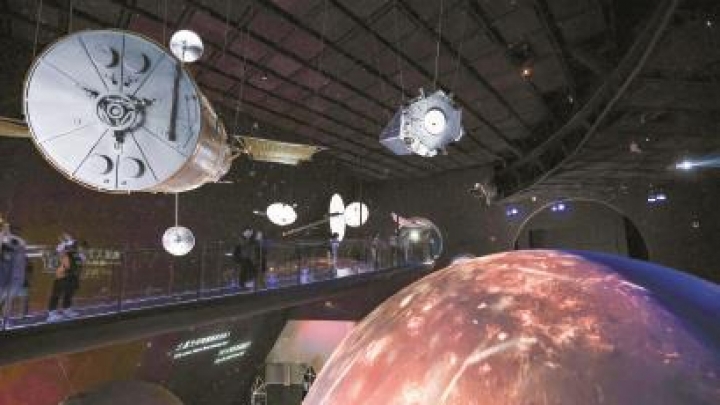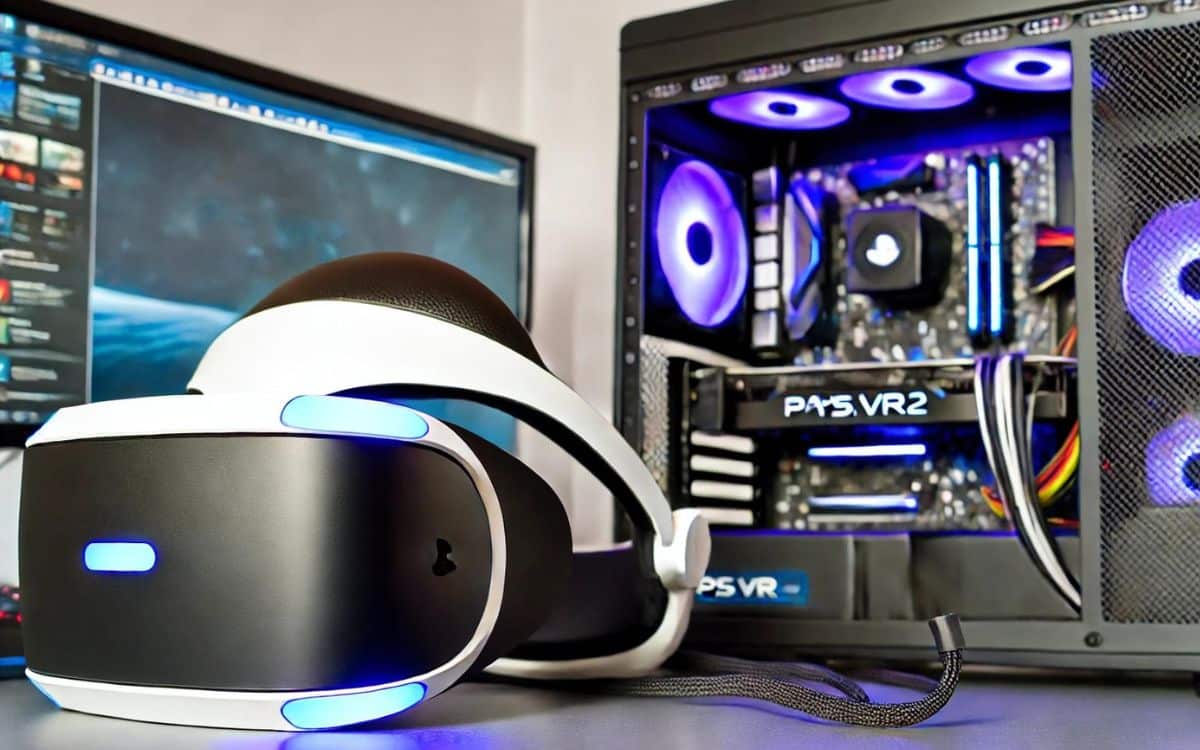The Planetarium Administration announced Monday that the Shanghai Astronomy Museum, the world’s largest planetarium by building size, will open on July 17.
The museum covers an area of about 58,600 square meters and is located in the Lingang Free Trade Zone in the Chinese economic capital. The Planetarium is a branch of the Shanghai Science and Technology Museum.
The museum has an 8K ultra-high definition dome theater and exhibition areas with different themes. On display are collections of about 70 meteorites, including those from the Moon and Mars, as well as more than 120 artefact collections, including original works by Isaac Newton, Galileo Galilei, and Johannes Kepler.
Technologies such as data visualization, augmented reality, virtual reality, and biometrics have been introduced to provide visitors with knowledge of astronomy and science through interaction.
“People used to think that the Earth was the center of the world, but now they realize that the Earth is just a speck of the universe. People used to think that there was only one sun in the universe, but it is actually just one of billions of stars.”
This clip on the board in the “Our Home” exhibition tells the story of the changing state of the Earth and the Sun in people’s minds. The most striking part of this exhibit is a giant ground model. It rotates slowly so that the viewer feels that he is in space and is looking at the blue planet.
Lin Cheng, director of the Shanghai Planetarium Research Center, said the Earth model shows the movement of the land and oceans and explains the changes that have occurred over the past 4.6 billion years. Next to the Earth model is a realistic picture of the sun and a model of the moon. The relationship between the Sun, Earth and Moon is shown to the audience visually.
The Optical Planetarium Hall can accommodate up to 100 spectators. The audience can lie on the sofa and watch the starry sky shining on the giant screen above: the Polar Star, Ursa Major and Ursa Minor …… The images are accompanied by scientific explanations, pointer, pointer and constellation patterns appear in the starry sky simulation, through which the audience can Learn to identify the different celestial bodies. The Milky Way, rarely seen at night in the city, is close at hand in the planetarium.
Einstein’s general principle of relativity has also been simulated in a planetarium. Distorted light on the walls and floor gives a visual impression of the ‘curvature of space-time’. “The heavier an object is here, the more distorted the light,” explained a narrator from the museum.
In the exhibition hall “Flights of Discovery” highlights the most important events in the human exploration of the universe. “We bought this book at an auction in London,” said Lin Cheng, referring to the first English edition of Newton’s famous work, “Mathematical Principles of Natural Philosophy.” The English version of this epoch-forming work, which introduced the Three Laws of Mechanics and the Law of Gravitation, was published in 1729 and is thus a desirable item for collectors, according to Lin Cheng.
The last exhibit in this hall is the famous “pale blue dot” image of the solar system, taken by NASA’s Voyager 1 spacecraft on February 14, 1990 after a thirteen-year journey in space. In the image, the size of the Earth is only 0.12 pixels. The American astronomer Carl Sagan said: “All we know about mankind is at such an insignificant point, just a speck of dust floating in the sunlight.”

“Certified gamer. Problem solver. Internet enthusiast. Twitter scholar. Infuriatingly humble alcohol geek. Tv guru.”





